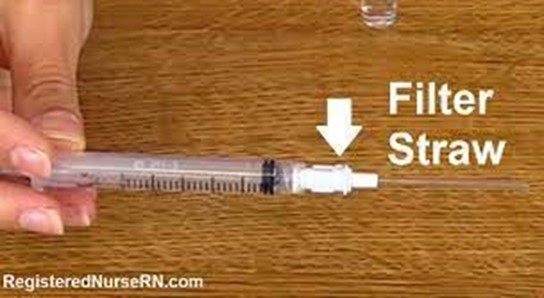A nurse is reviewing the medical records of four clients.
The nurse should identify that which of the following client findings requires follow-up care?
A client who received a Mantoux test 48 hr ago and has an induration.
A client who is scheduled for a colonoscopy and is taking sodium phosphate.
A client who is taking bumetanide and has a potassium level of 3.6 mEq/L.
A client who is taking warfarin and has an INR of 1.8.
The Correct Answer is D
The correct answer is choice d. A client who is taking warfarin and has an INR of 1.8.
Choice A rationale:
An induration after a Mantoux test indicates a positive reaction, but it does not necessarily require immediate follow-up unless the induration is significant and the client has risk factors for tuberculosis.
Choice B rationale:
Sodium phosphate is commonly used as a bowel preparation for colonoscopy. This does not typically require follow-up unless the client experiences adverse effects such as dehydration or electrolyte imbalance.
Choice C rationale:
A potassium level of 3.6 mEq/L is within the normal range (3.5-5.0 mEq/L). Therefore, this finding does not require follow-up.
Choice D rationale:
An INR of 1.8 for a client taking warfarin is below the therapeutic range for most indications (typically 2.0-3.0). This requires follow-up to adjust the warfarin dosage to achieve the desired anticoagulation effect.
Nursing Test Bank
Naxlex Comprehensive Predictor Exams
Related Questions
Correct Answer is A
Explanation
The correct answer is Choice A.
Choice A rationale:
- Acknowledges the client's feelings:It's important for the nurse to validate the client's concerns and let them know that it's understandable to feel nervous or uncertain about ECT.
- Provides information about the treatment:The nurse can offer information about the potential benefits of ECT,but it's important not to pressure the client or make them feel like they have to go through with it.
- Reassures the client of their right to change their mind:This is a crucial aspect of informed consent.The client has the right to withdraw their consent at any time,even after signing the consent form.
Choice B rationale:
- Places undue pressure on the client:This response implies that the doctor knows what's best for the client and that the client should go through with the treatment even if they have doubts.This can undermine the client's autonomy and decision-making ability.
Choice C rationale:
- May minimize the client's concerns:While rescheduling the treatment is an option,it's important to explore the client's concerns more thoroughly before suggesting this.It's possible that the client has valid reasons for not wanting to go through with ECT,and these reasons should be addressed.
Choice D rationale:
- Is disrespectful of the client's autonomy:This response suggests that the client is obligated to go through with the treatment simply because they signed a consent form.This ignores the fact that people can change their minds and that consent is an ongoing process.
Correct Answer is A
Explanation

This is because glass ampules can leave small shards of glass in the solution, which can be harmful if injected into the client. A filter needle has a small mesh that traps any glass particles and prevents them from entering the syringe.
Choice B is wrong because the nurse should break the neck of the ampule away from their body to avoid injury from the glass.
Choice C is wrong because the nurse should use a different needle to inject the client after withdrawing the medication with a filter needle. This is to prevent contamination and reduce pain for the client.
Choice D is wrong because the nurse should dispose of the ampule in a sharps container, not in the trash can. This is to prevent injury and infection from the broken glass.
Whether you are a student looking to ace your exams or a practicing nurse seeking to enhance your expertise , our nursing education contents will empower you with the confidence and competence to make a difference in the lives of patients and become a respected leader in the healthcare field.
Visit Naxlex, invest in your future and unlock endless possibilities with our unparalleled nursing education contents today
Report Wrong Answer on the Current Question
Do you disagree with the answer? If yes, what is your expected answer? Explain.
Kindly be descriptive with the issue you are facing.
